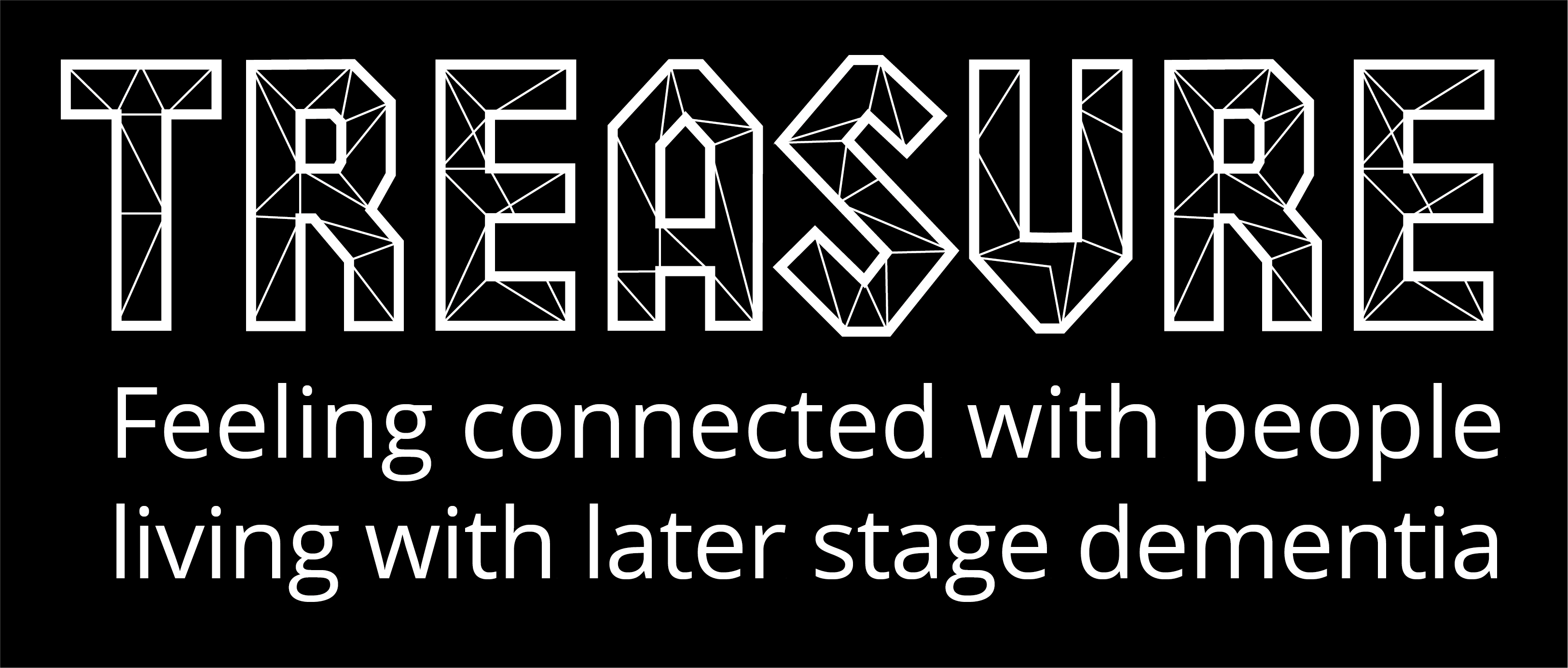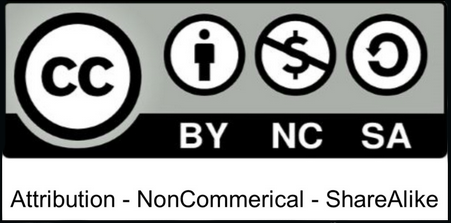WHo we are and
whAT WE’VE DONE
Who We Are?
The work of the Treasure project has been made possible through funding from Dementia Services Development Trust Disruption Award.
The project partners in the Treasure project are: Hearts and Minds, Designed by Society, Wee Culture and Edel Roddy.
What We’ve Done
January – Apr 2021 the project partners engaged in creative conversations with a number of Elderflowers from Hearts & Minds about their practice. From these conversations we gathered examples and insights about the small and significant interactions Elderflowers have with people in the later stages of dementia. We mined the stories from their practice for rich learning about what helps connection with people in the later stages of dementia . The learning from the Elderflowers informed the development of our two sets of resources, ‘Valuables’ and ‘Treasure Hunt’.
May-Jun 2021 we tested out our first draft of the resources across 2 workshops and 7 one-to-one conversations to help us understand how they may be used by people and to receive ideas as to how to further enhance them. These workshops involved people with personal and professional experience of engaging with people in the later stages of dementia, as well as with people who did not have this prior experience.
July 2021 we finalised all of the resources and held an online workshop to launch this website.
The first resource is called Valuables and is aimed at members of the general public, schools, community groups and dementia awareness organisations. It focuses on positively disrupting ideas people may have about connections that are possible with people living with dementia.
The second resource, is called Treasure Hunt, and is for people with a personal or professional relationship with a person/people living with dementia, and who are connecting with them online. It focuses on preparing for, engaging in and reflecting on an online visit, for example via Skype or Zoom, with a person with dementia. While designed for the online context, feedback we received from people who tested these resources identified ways in which they could be used in relation to face-to-face engagements also.
If you have any comments about either of these resources they would be gladly received.


